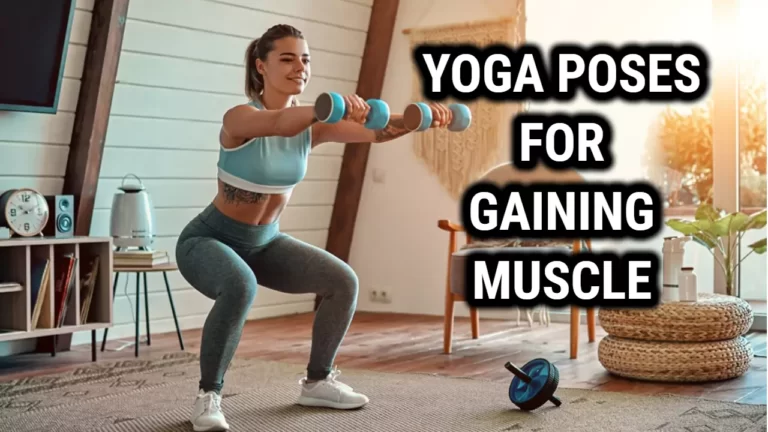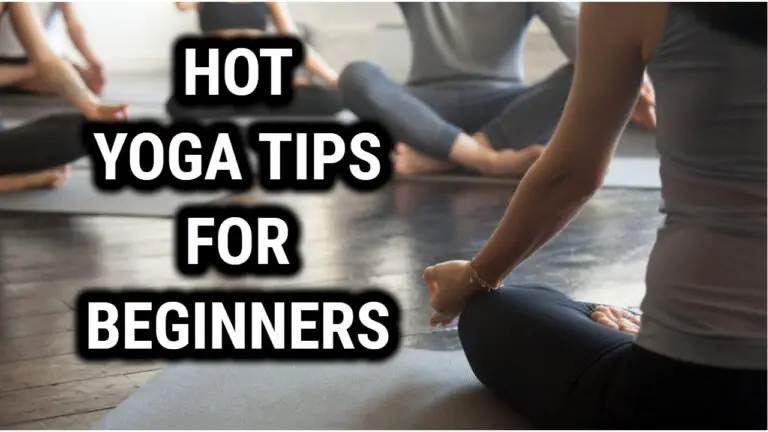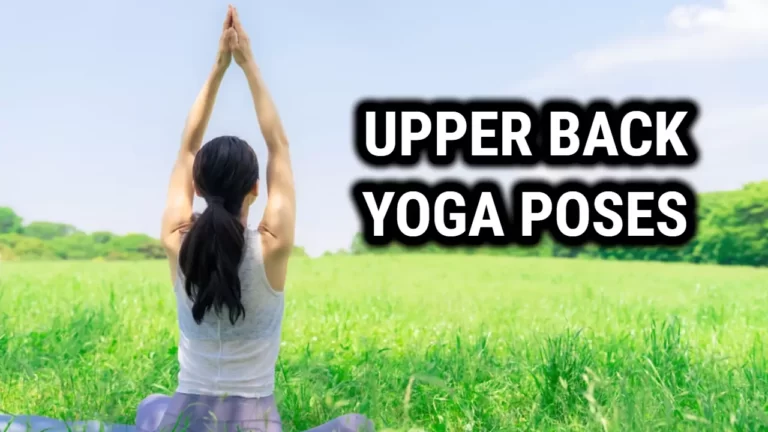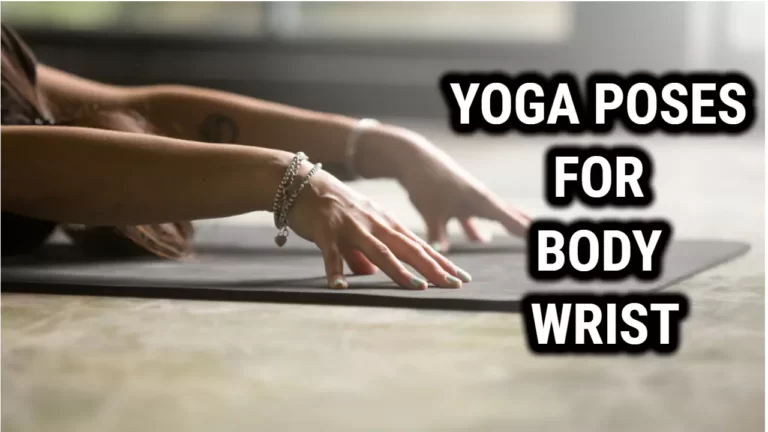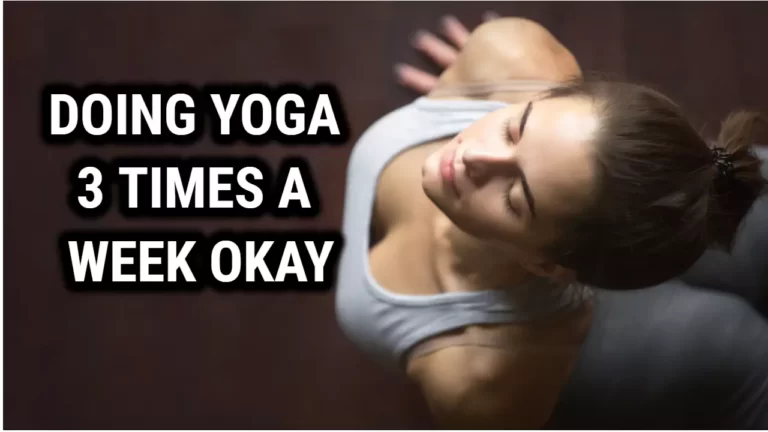Yoga Sequencing: In What Order Should One Do Yoga Poses?

Yoga is a great way to stay fit and healthy, but it can be difficult to know which poses to do first. Knowing the proper order of poses can help you get the most out of your practice and ensure that you’re doing each pose correctly.
Here, we’ll discuss what order one should do yoga poses in order to maximize their workout. We’ll look at how different yoga styles affect the order in which poses should be done and what steps you should take before beginning your practice.
We’ll also provide tips on how to make sure you’re doing each pose correctly and safely. With this knowledge, you’ll be able to get the most out of your yoga practice and have an enjoyable experience every time.
Understanding The Benefits Of Sequencing
Sequencing yoga poses in an order may seem like an arbitrary practice, but there is actually a method to the madness.
Understanding the benefits of sequencing can help one gain the most out of their yoga practice.
Sequencing one’s poses strategically increases flexibility and strength, creates dynamic flow, and encourages mindfulness.
In addition, sequencing poses with intention can improve posture and alignment while allowing for more focus on the breath.
It also allows for deeper exploration into each pose to access the full range of motion safely and effectively.
Therefore, having a general understanding of how to sequence yoga poses can maximize one’s potential and take their practice to the next level.
Considerations For Beginners
When doing yoga poses, it’s important to consider the difficulty of each pose and the order in which they are performed. Beginners should start with basic poses and progress gradually to more difficult ones. This will help prevent injuries and ensure that the poses can be done properly.
It is also important to warm up and cool down before and after a session. Stretching before beginning can help prepare your muscles for the workout and stretching afterwards can help reduce any soreness or fatigue that may arise from exercising.
Additionally, taking breaks between poses can give your body time to adjust and recover if necessary. Listening to your body is key when it comes to doing yoga safely and effectively.
Creating A Flow
Having taken into consideration the advice for beginner yoga practitioners, it’s time to get creative and start crafting your own routines. Crafting your own yoga flow is an incredibly rewarding experience; it allows you to deeply connect with your practice and explore poses that work best for you. It’s like creating a painting – where each pose is a brush stroke that adds life and beauty to the bigger picture.
To create your own flow, think of it as a journey:
- Plan out the poses, how long you intend to hold them and how many sets of each pose you will do.
- Then, add a transition between each pose – this is where the artistry comes in!
- You can use creative transitions such as leg swings or arm circles to help move energy between poses.
Here’s a list of ideas to get started:
- Pick 3-5 poses to focus on per session
- Decide on the order of those poses
- Determine how long to hold each pose
- Add transitional movements between poses
You are now ready to embark on your yoga journey! Let go of any expectations about what “should” be done or what it should look like when finished – just let yourself flow freely with joyous abandon!
Warm Up Poses
It is important to warm up your body before doing any yoga poses.
A great way to do this is by beginning with some light stretching, such as bending forward and side-to-side, or rolling your neck and shoulders in circles. This helps to loosen tense muscles and increase flexibility and range of motion.
Once you have completed the warm-up stretches, you can move on to more dynamic poses that require more strength, balance, and focus.
Examples of these poses include cat-cow pose, downward facing dog, low lunge with a twist, warrior I and II, tree pose, and bridge pose.
Doing these poses will help further prepare your body for the challenges ahead in your yoga practice.
Sun Salutations
Yoga poses can be done in many different orders, but one of the most popular ways is to start with Sun Salutations.
A Sun Salutation is a sequence of poses that honor the sun and invokes energy, strength and focus. As an ancient practice, it’s deeply rooted in traditions from India and has been passed down for generations.
When practicing Sun Salutations, it’s important to remember that each pose should flow into the next. Each movement should be intentional and meaningful; each breath should be deep and slow.
This helps to create a sense of connection between mind and body, which can help provide a calming and therapeutic effect. With practice, you’ll begin to understand how your body moves through the poses in order to maximize its benefits.
Standing Poses
Standing poses are a great way to increase strength and balance in the body. Start your practice with some standing postures such as Mountain Pose, Warrior I, and Triangle Pose.
Mountain pose is a great starting point for any yoga practice. It helps to align the body from head to toe by drawing energy up from the ground.
Warrior I is great for strengthening the legs and opening up the hips.
Triangle pose can help open up the side of your body, stretch out the legs, and increase flexibility in the spine.
To transition between different standing poses, start by crossing one foot over the other before shifting your weight into one leg at a time. This helps you stay balanced while transitioning between poses and also allows you to feel any areas of tightness or tension in your body.
As you move through each pose, use your breath to help guide you into deeper stretches with each exhale.
Allow yourself time to explore each posture before moving on to the next one – there are many variations of each pose that can help deepen your practice!
Seated Poses
Seated poses are an important part of yoga, as they can help to increase flexibility and balance, while also providing a sense of grounding. These poses can be done in a variety of positions and postures, depending on one’s needs and abilities.
Some of the most common seated poses include Padmasana (Lotus Pose), Baddha Konasana (Bound Angle Pose), Sukhasana (Easy Pose), and Virasana (Hero Pose). It is recommended to begin with more gentle seated poses such as Easy Pose or Bound Angle Pose, which help to open the hips, improve posture, and relieve stress.
As one gains strength and flexibility, more advanced poses like Lotus Pose or Hero Pose can be practiced to further increase range of motion in the hips and lower back. When practicing these poses, it is important to ensure that one’s spine remains long and straight throughout the posture. Additionally, modifications may need to be made depending on one’s level of experience and physical ability.
By regularly practicing seated yoga poses, one can gain increased mobility, improved posture alignment, greater body awareness, enhanced relaxation techniques and stress management tools. Through proper alignment combined with mindful breathing practices during each pose session, one will soon feel the positive benefits from their practice.
Cool Down Poses
Once you have completed your yoga session, it is time to cool down. Cooling down after exercise is just as important as warming up, so don’t skimp on this step! Think of cooling down as a way to release the day’s tension and restore balance in your body and mind.
Start by lying on your back, with your legs bent and feet flat on the ground. Close your eyes and take a few moments to simply be present in the moment. This ancient practice of being mindful of one’s own body can help relax your muscles and bring peace of mind.
Next, transition into child’s pose, allowing yourself to sink into the floor while stretching out each arm. Feel free to stay here for several breaths or until you feel ready to move on.
To finish off your cool down routine try reclining bound angle pose, which helps open the hips and stretch out any residual tightness in the lower back.
When complete, slowly roll over onto one side and slowly push yourself into a seated position.
Now that you are fully cooled off, take a few moments to reflect on what you accomplished today before ending your practice with a bow or ‘namaste’.
FAQ’s
Q: How long should I hold each pose for?
A: The length of time you should hold each pose depends on your level of experience and the specific pose. As a general rule, hold each pose for 5-10 breaths.
Q: Can I do yoga if I’m not flexible?
A: Yes! Yoga is a practice that can help improve flexibility over time. Start with beginner-level poses and focus on proper alignment and breathing.
Q: What should I wear to a yoga class?
A: Wear comfortable, breathable clothing that allows for a full range of motion. Avoid wearing anything too loose or baggy that may get in the way during poses.
Q: Do I need a yoga mat?
A: It’s recommended to practice yoga on a mat for better traction and to protect your joints. If you don’t have a mat, a towel or blanket can be used instead.
Q: Can I do yoga if I have injuries?
A: It’s important to consult with your doctor or physical therapist before starting yoga if you have any injuries or medical conditions. They can provide recommendations on modifications or poses to avoid.
Q: How often should I practice yoga?
A: Aim to practice yoga at least 2-3 times per week for maximum benefits. Consistency is key in seeing progress and improvements in your practice.
Conclusion
Sequencing yoga poses can be an art. When done correctly, it can bring a sense of blissful relaxation to both body and mind.
By taking the time to create a flow that moves through warm-up poses, sun salutations, standing poses, seated poses, and cool down poses, you can experience the full range of benefits that come from practicing yoga.
You’ll feel more energized, more aware of your body and its needs, and more in tune with yourself and your environment than ever before.
So take a deep breath, tune into your body’s needs, and get ready to find balance with every pose.
